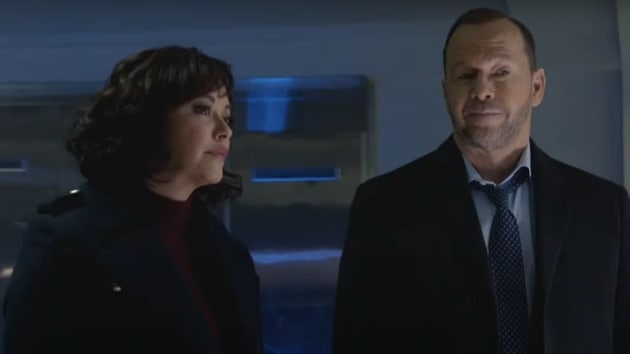Ever since I was a kid, I have loved reading books featuring a haunted house with a creepy resident; a feisty, determined heroine; and strange goings-on that gradually turn scary. But rarely, if ever, have I read a haunted house book that features such gorgeous prose as Alix E. Harrow’s latest novel, Starling House. Early on, Harrow describes how 26-year-old narrator Opal McCoy has been dreaming of the titular house since she was a child: “I often wake up with the taste of river water and blood in my mouth, broken glass in my hair, a scream drowning in my chest. But that morning, the first one after I set foot on Starling land, there’s nothing but a deep quiet inside me, like the dead air between radio stations.”
Opal works hard at Tractor Supply Company to try to save enough money to send her younger brother, Jasper, to a fancy boarding school. Their mother died a mysterious death, their father has never been in the picture and they live in a dingy motel room in the dying town of Eden, Kentucky. Opal is desperate to escape Eden, which offers nothing much besides two Dollar Generals and a strip-mined stretch of riverbank, thanks to the operations of nearby Gravely Power.
The big, churning wheels of this lusciously plotted book begin to quickly turn when Opal takes a job cleaning for Starling House’s current owner, a reclusive young man named Arthur Starling. Opal finds herself increasingly intrigued by Arthur despite his odd ways and off-putting looks. But Gravely Power representative Elizabeth Baine, in hopes of obtaining the mineral rights to Arthur’s land, demands that Opal spy on Arthur and his residence, threatening Jasper’s future if she declines.
Alix E. Harrow had never written about her home state—until she left it.
Harrow invents a rich backstory for Starling House, making clever use of footnotes and even a fake Wikipedia page for 19th-century author Eleanor Starling, who married into the family and wrote and illustrated an unsettling children’s book, which may have been the source of Opal’s Starling House nightmares. Opal uncovers many different versions of the same stories about the house and its inhabitants, past and present, and the truth is hard to sort out. “The Gravelys are either victims or villains; Eleanor Starling is either a wicked woman or a desperate girl. Eden is either cursed, or merely getting its comeuppance,” she concludes.
Excellent social commentary unfolds in the matchup between feisty, sarcastic Opal and the greedy power company. Harrow has tons of fun along the way, noting in Eleanor Starling’s Wikipedia page, for instance, that “director Guillermo del Toro has praised E. Starling’s work, and thanked her for teaching him that ‘the purpose of fantasy is not to make the world prettier, but to lay it bare.’ ” Alix Harrow does just that in Starling House, a riveting fantasy overflowing with ideas and energy that clears away the cobwebs of corporate power and neglect.







